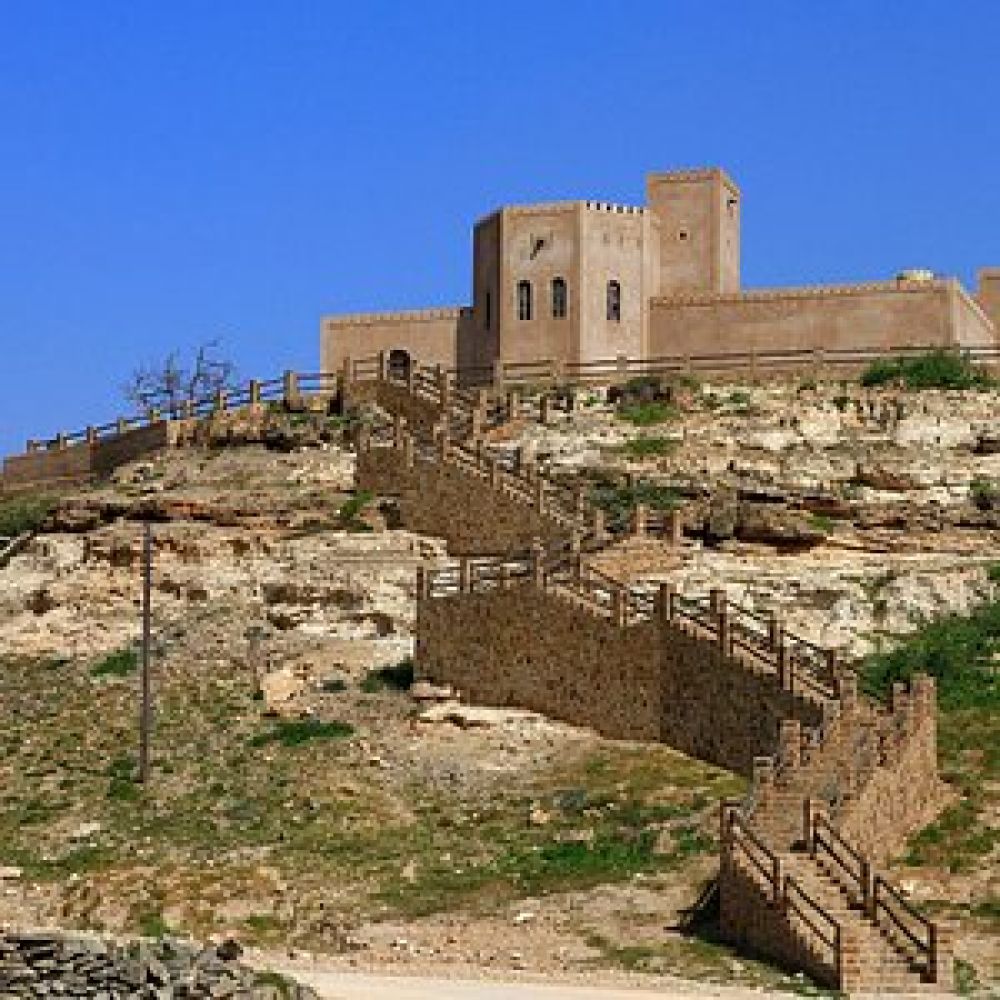

Tucked away on the southern coast of Oman, near the city of Salalah, lies the ancient ruins of Sumhuram Old City, also known as Khor Rori. This archaeological site has captivated the interests of historians, archaeologists, and tourists alike, with its roots tracing back to the first century CE.
The city of Sumhuram was once a thriving port, playing a crucial role in the frankincense trade, which flourished in the region. Its strategic location near the incense trade routes positioned it as an important commercial hub in the ancient world, specifically during the Hadramawt Kingdom of southern Arabia's sway over the region.
It wasn't until the 19th century that Sumhuram came to the attention of Western scholars. The rediscovery and subsequent excavations have revealed significant artifacts, including inscriptions, pottery, and remnants of the city walls and fortifications, which have shed light on the historical significance of the area.
In the late 20th century, the Omani government began recognizing the potential of Sumhuram as a tourist destination. Efforts to preserve and promote the site were initiated, allowing for more systematic archaeological work and the development of visitor facilities. By the turn of the 21st century, Sumhuram Old City had become an essential part of Salalah's tourism offering.
With the growth of cultural tourism, and Oman's increasing popularity as a travel destination, Sumhuram Old City has attracted visitors intrigued by its history and its connections to the global frankincense trade. The site became a UNESCO World Heritage Site as part of the Land of Frankincense sites in 2000, further solidifying its importance and boosting tourism interest.
The latest trends in tourism at Sumhuram Old City include the integration of technology to enhance the visitor experience. Virtual tours, augmented reality apps, and informative plaques have been introduced, making the ancient city more accessible and engaging for a modern audience. Moreover, Oman's push towards sustainable tourism ensures that visits to the site are conducted with the utmost respect for its archaeological integrity and surrounding environment.
In recent years, there's been a trend towards experiential travel, with tourists seeking a deeper understanding of the destinations they visit. In response, local tour operators have begun offering more immersive experiences, such as guided tours with historians, archaeologists, and interactive workshops on the history of the frankincense trade.
In conclusion, the blending of historical discovery with modern tourism initiatives has made Sumhuram Old City a compelling destination for travelers from around the world. Its rich past and present role in Oman's tourism landscape highlight the enduring allure of ancient civilizations and the growing desire for authentic cultural experiences among tourists today.
Whether it's the history enthusiast eager to walk through the remnants of a bygone era, the cultural traveler seeking to understand the roots of Oman's storied past, or the eco-tourist hoping to explore the natural beauty surrounding the ruins, Sumhuram Old City offers a window into the soul of ancient Arabia, captivating the hearts of all who visit.